TheSearcher
Are you sure about that?
Ice Age Farmer just posted another video about the bird flu. It is only 3:21 rt, but is very sobering, if not down right frightening!
Dammit.

Ice Age Farmer just posted another video about the bird flu. It is only 3:21 rt, but is very sobering, if not down right frightening!


 Solar Cycle 25 progression (green line) compared to 24, 23, 22 & 21 [solen.info]
Solar Cycle 25 progression (green line) compared to 24, 23, 22 & 21 [solen.info]
 Solar Cycle 24 & 25 compared to 16, 14, 13 & 12 [solen.info]
Solar Cycle 24 & 25 compared to 16, 14, 13 & 12 [solen.info] [swpc.noaa.gov]
[swpc.noaa.gov]
 GFS Total Snowfall (inches) April 11 – April 27 [tropicaltidbits.com].
GFS Total Snowfall (inches) April 11 – April 27 [tropicaltidbits.com].#volcan #volcano #Shiveluch The explosion cannot be seen from webcams due to clouds but the Himawari 8 satellite allows to spot it pic.twitter.com/gPneT2L86b
— CultureVolcan (@CultureVolcan) April 10, 2022





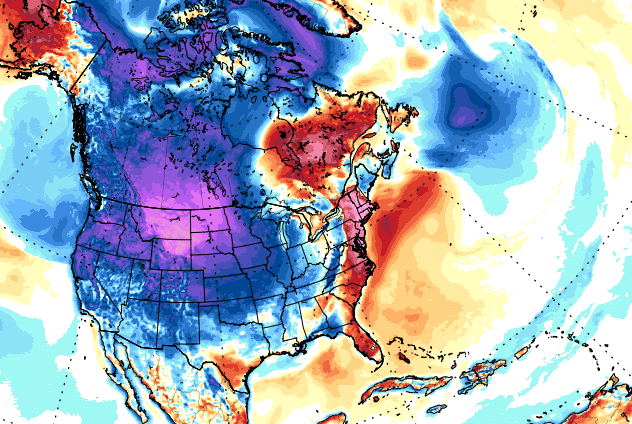


 GFS 2m Temperature Anomalies (C) April 14 [tropicaltidbits.com].
GFS 2m Temperature Anomalies (C) April 14 [tropicaltidbits.com].
 GFS Total Snowfall (inches) to April 20 [tropicaltidbits.com].
GFS Total Snowfall (inches) to April 20 [tropicaltidbits.com].
 [ISAC-CNR]
[ISAC-CNR]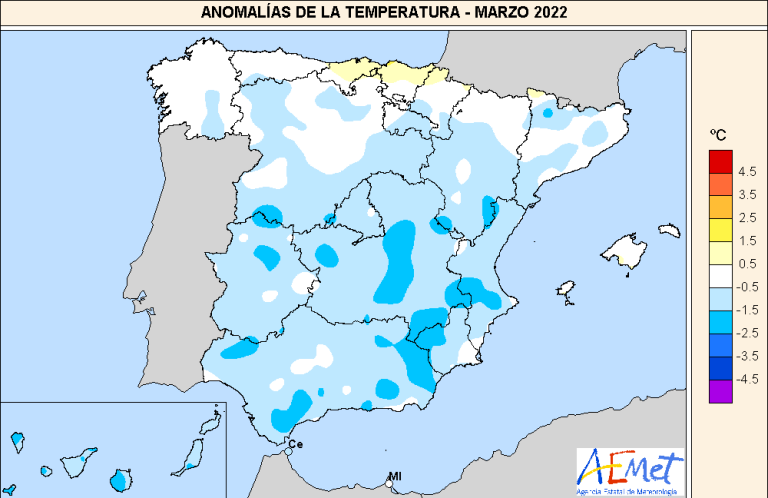 [Aemet]
[Aemet]
This powder ain't gonna shred itself! 1 FOOT of snow in the past 24 hrs and there's more in the forecast today! #PowderDay #SpringSkiing #WinterParkResort pic.twitter.com/26gC9Bvmw9
— Winter Park Resort (@WinterPark) April 13, 2022

 The scene at the UC Berkeley Central Sierra Snow Lab on April 1, 2022.
The scene at the UC Berkeley Central Sierra Snow Lab on April 1, 2022.  GFS 2m Temperature Anomalies (C) April 14 – April 19 [tropicaltidbits.com].
GFS 2m Temperature Anomalies (C) April 14 – April 19 [tropicaltidbits.com]. GFS Total Snowfall (inches) April 14 – April 30 [tropicaltidbits.com].
GFS Total Snowfall (inches) April 14 – April 30 [tropicaltidbits.com]. [Brian Peterson]
[Brian Peterson]
 “Storms so fierce, they ‘hath not been seene, nor heard of in this age of the World.”
“Storms so fierce, they ‘hath not been seene, nor heard of in this age of the World.” GFS Temperature Anomalies (C) April 14 – April 18 [tropicaltidbits.com].
GFS Temperature Anomalies (C) April 14 – April 18 [tropicaltidbits.com]. GFS Temperature Anomalies (C) April 15 – April 20 [tropicaltidbits.com].
GFS Temperature Anomalies (C) April 15 – April 20 [tropicaltidbits.com].Sunbreak here at the office has bumped the temperature up to 44°. Still cloudy @flySEA with a temperature of 38° at 11 am. The high in Seattle yesterday was 44°. In 77+ years of records there has never been back to back days in April in Seattle with a high less than 45°. #wawx
— NWS Seattle (@NWSSeattle) April 14, 2022
We've been getting some great snow video and pictures out of Wenatchee, WA this morning. Some viewers say they've seen up to three feet of snow in the area since Monday. pic.twitter.com/xatNj6BBF6
— Brian MacMillan (@BMacTV) April 14, 2022
More snow pics from “up the hill” where my kids are in Wenatchee WA. There was Actual Snow down in town so the schools are closed. Power up the hill is cutting out and all their firewood is under the snow. pic.twitter.com/4YYiX41WYg
—Reckless Pantalones
(@MaraHT14) April 14, 2022





 GFS Total snowfall (inches) April 18 – May 4 [tropicaltidbits.com].
GFS Total snowfall (inches) April 18 – May 4 [tropicaltidbits.com].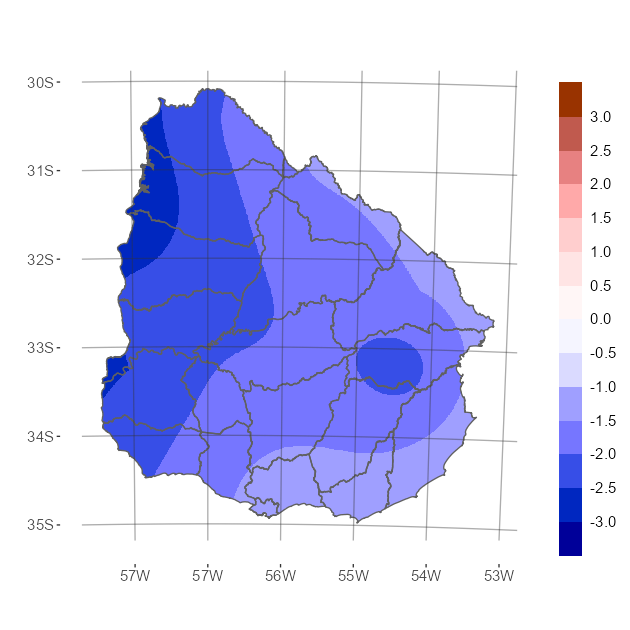 [Inumet]
[Inumet]




 [climatereanalyzer.org]
[climatereanalyzer.org]
The inner #energy of Earth gives the life but its violence could kill It Volcanoes, when everything changes in a second#Vulcano #nature #science #PlanetEarth #life
Hunga Tonga-Hunga Haʻapai volcano captured by satellites GOES-West and Himawari-8. pic.twitter.com/pwqozjROwu
— Robert Pujol i Vives (@rpujolvives) April 18, 2022

 GFS 2m Temperature Anomalies (C)April 20 – April 26 [tropicaltidbits.com].
GFS 2m Temperature Anomalies (C)April 20 – April 26 [tropicaltidbits.com].Did anyone order some late-season #snow? Because we've had 7.5" (19 cm) of snow overnight, 25.6" (65 cm) in the last 2 days, and 39.4" (100 cm) in the last 7 days!
It is still dumping out there and more is on the way this week!#CAwx #CAwater pic.twitter.com/W0wGfzKhUK
— UC Berkeley Central Sierra Snow Lab (@UCB_CSSL) April 16, 2022
 GFS Total Snowfall (inches) April 20 – May 6 [tropicaltidbits.com].
GFS Total Snowfall (inches) April 20 – May 6 [tropicaltidbits.com].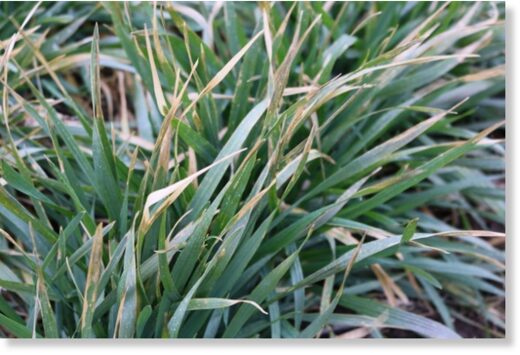


Wonderful snowthis morning in Montreal
pic.twitter.com/kTK6q1XidH
— Garfield MacLeod #PureBlood, truckers supporter (@MacleodGarfield) April 19, 2022

 GFS 2m Temperature Anomalies (C) April 23 – May 7 [tropicaltidbits.com].
GFS 2m Temperature Anomalies (C) April 23 – May 7 [tropicaltidbits.com]. GFS Total Snowfall(cm) April 21 – May 7 [tropicaltidbits.com].
GFS Total Snowfall(cm) April 21 – May 7 [tropicaltidbits.com].
 GFS 2m Temperature Anomalies (C) April 23 – May 5 [tropicaltidbits.com].
GFS 2m Temperature Anomalies (C) April 23 – May 5 [tropicaltidbits.com]. GFS Total Snowfall (inches) April 22 – May 5 [tropicaltidbits.com].
GFS Total Snowfall (inches) April 22 – May 5 [tropicaltidbits.com].

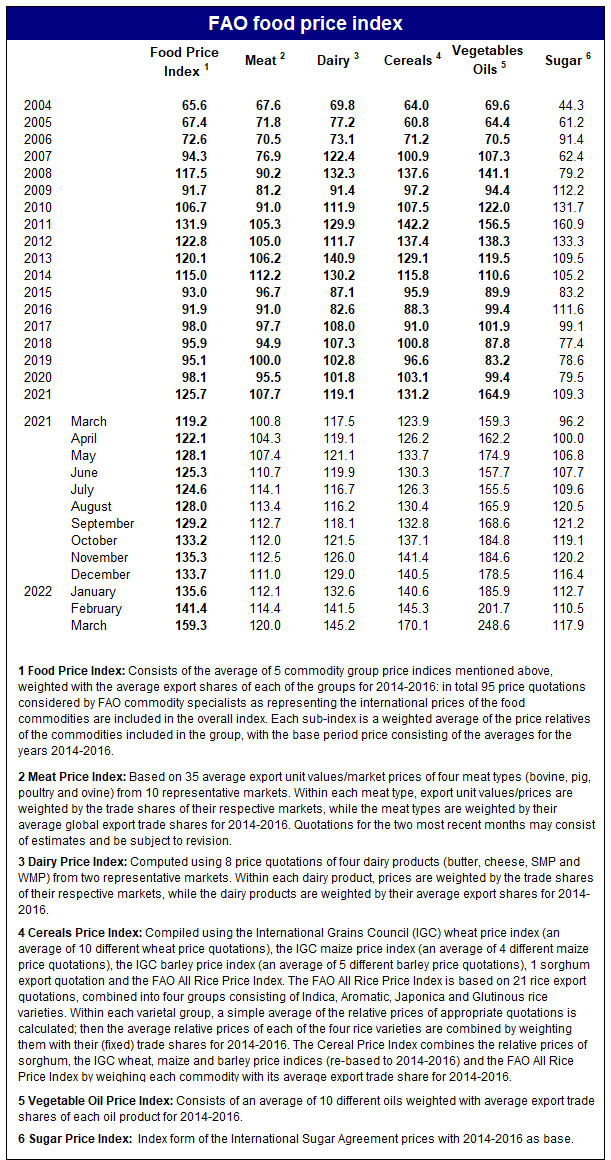

I am tired of this incessant wind!
That is all I can say about climate rght now.
Perception of Society Breaking Down (Kerry Cassidy 2/3)
Runtime 28:28
This ADAPT 2030 presentation is sort of "out of place" for GSM thread, but it focuses on the coming social issues planned by the assault on food production.



 The FAO Food Price Index hit a fresh record of 159.3 points in March 2022, with no letup in sight.
The FAO Food Price Index hit a fresh record of 159.3 points in March 2022, with no letup in sight.